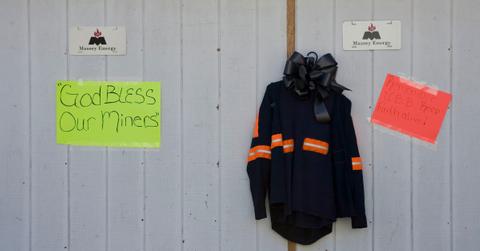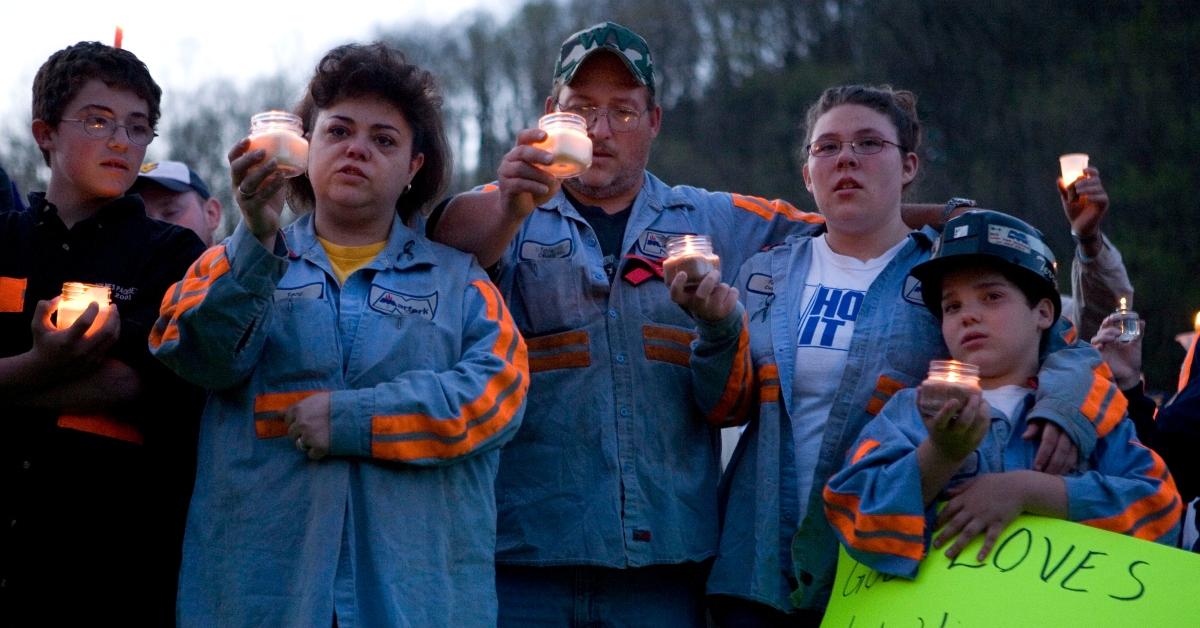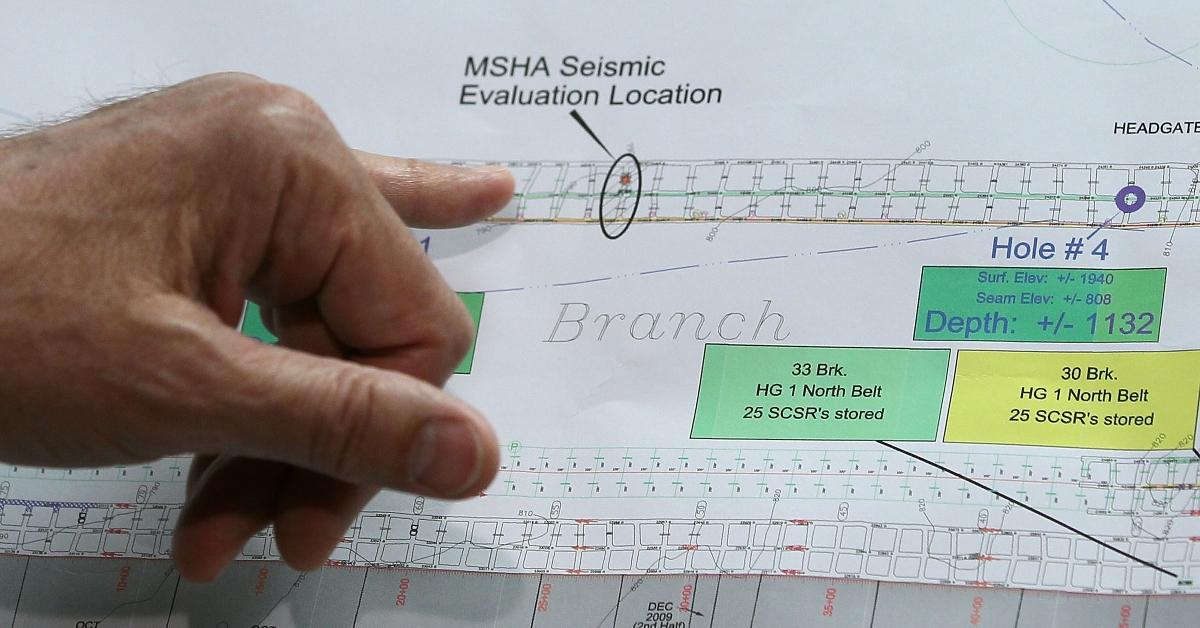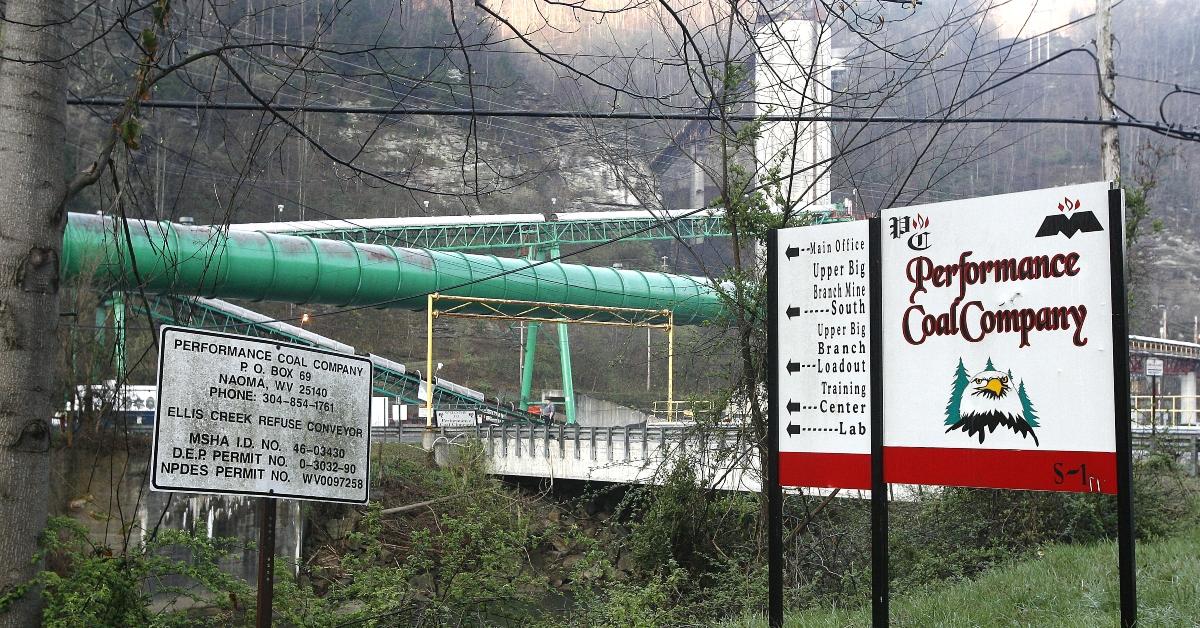The UBB Mine Explosion Was the Second Deadliest Mine Disaster in History
Updated May 16 2023, 4:23 p.m. ET

Over 21,000 coal miners in West Virginia have lost their lives on the job since the 1880s. One recent fatal mine accident in the state was the Upper Big Branch Mine disaster in 2010, which claimed the lives of 29 coal miners.
On April 5, 2023, the 13th anniversary of the UBB tragedy, West Virginia lawmakers and residents held a memorial to honor those who died in the mine explosion. They also announced plans to build a Miners Memorial Wall in Beckley, W.Va., in honor of the UBB victims and all other miners who have died on the job in the state.

What happened at the Upper Big Branch Mine disaster?
The Upper Big Branch Mine disaster is known as the second deadliest coal mine disaster in the U.S. It happened on April 5, 2010, at the Upper Branch Montcoal Eagle Mine, about 30 miles south of the West Virginia state capital of Charleston.
At 3:27 p.m. that afternoon, miners were working 1,000 feet underground when a massive explosion rocked the mine. It was later determined that the blast was caused by a build-up of methane gas and coal dust, the U.S. Department of Labor’s Mine Safety and Health Administration (MSHA) reported.
Initially, 25 miners were killed, and four were missing after the blast. The four missing were found dead in the mine four days later. 28 of the dead were employees of Massey Energy, the company that owned the mine, and one miner was a contractor, The New York Times reported in 2010.

Did anyone survive the Upper Big Branch Mine explosion?
Nine miners survived the UBB mine disaster. Survivor Stanely Stewart, who was 300 to 400 feet underground when the explosion happened, told ABC News that he struggled through “hurricane-force” winds and flying debris to get out of the mine.
Survivor James Woods was one of nine miners traveling in an underground vehicle on their way out of the mine at the time of the explosion. The blast killed seven of those in the vehicle, and Woods was pulled out of the mine barely alive, the Associated Press reported. Woods’s son, Jeremy, also worked in the mine and survived the blast.
Another miner who survived wasn’t as lucky. He lost his son, brother, and nephew in the blast, ABC News reported.
Who was at fault for the Upper Big Branch Mine disaster?
Massey Energy, the company that owned the Upper Big Branch Mine, was found primarily at fault for the explosion. A year after the tragedy, an independent investigation panel appointed by Governor Earl Ray Tomblin, who was governor of West Virginia at the time, found that the blast was “man-made and could have been prevented had Massey Energy followed basic, well-tested, and historically proven safety procedures.”

Performance Coal Company, a subsidiary of Massey Energy, operated the UBB mine.
The MSHA conducted its own investigation into the cause of the UBB explosion and fined Massey $10.8 million, stating that Massey’s corporate culture was “the root cause of the tragedy.” It was the largest fine in the agency’s history.
But investigators with the Governor’s panel also faulted MSHA for failing to enforce laws and regulations on Massey’s operations of its mines, including UBB. In the year before the explosion, Massey’s UBB mine had been cited at least eight times for safety violations regarding its methane control plans, The New York Times reported.
Former Massey CEO Don Blankenship was convicted in 2014 of conspiring to violate federal mine safety standards for the UBB disaster.